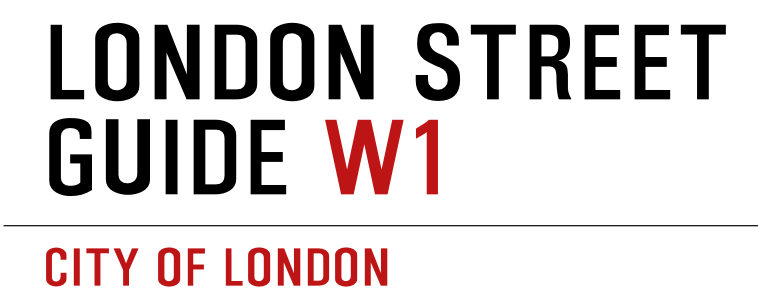Place Name
Charles Alexandre de Calonne (January 20, 1734 – October 30, 1802), titled Count of Hannonville in 1759, was a French statesman, best known for being Louis XVI’s minister of finance in the years leading up to the French Revolution. His efforts to reform the structure of his nation’s finance and administration led to him being known as Monsieur Déficit and precipitated the governmental crisis that led to the overthrow of the monarchy in 1789. A magistrate’s son from northern France, he displayed a capacity for managing difficult financial matters soon after entering public service. His financial genius and court connections led to his appointment as controller general of finance in November 1783. At that time the French government was heavily in debt from the aid that it had provided the colonists during the American Revolution. At first he made some superficial reforms, chiefly to debt management and currency, but he knew the size of the national debt (estimated to be some 1 billion livres) required more fundamental fiscal restructuring. He recommended increasing the government’s revenue base by introducing a tax on all land, with no exemptions for the First or Second Estates. Aware that this proposal would be rejected by the parlements, Calonne instead submitted it to a specially-convened Assembly of Notables. These aristocrats, however, also rejected it, believing that Calonne was either exaggerating the debt or was himself personally responsible for it. The King also rejected it and him, and banishing Calonne from Paris. He left France altogether, crossing the Channel and setting up home in England. He bought Wimbledon House, and set about making plans to enlarge it and build hot houses. He later sold the property to the Marquess of Stafford. If he missed his own country, he could at least sit out the revolution in a safety and comfort he would not otherwise have been afforded. Calonne returned to his native France a month before his death in October 1802. The Wimbledon House Estate Company laid out Calonne Road, Marryat Road, and Peek Crescent, named after previous owners of Wimbledon House, and Burghley Road, named after Lord Burghley who occupied the Old Rectory House in the Sixteenth Century.
![]()
